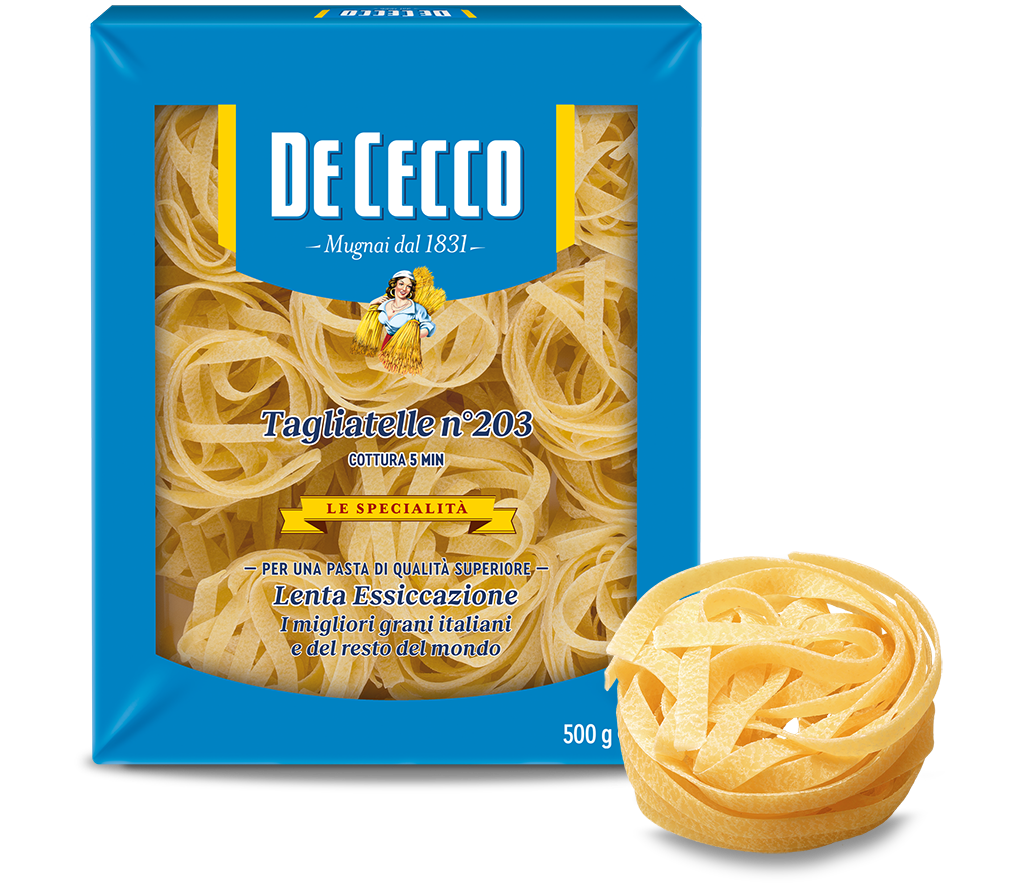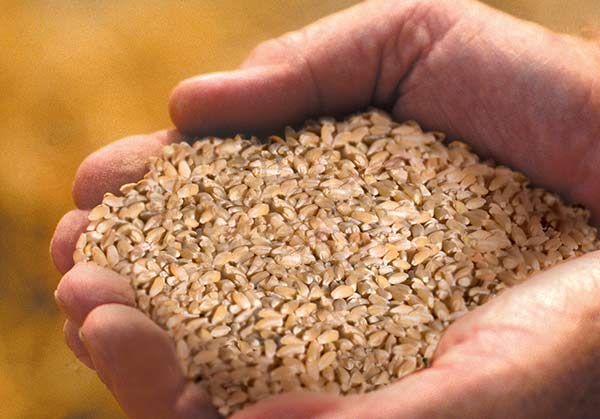Tagliatelle n° 203
Tagliatelle are consumed all over Italy and are part of the long, flat pasta family.
They originate from the northern regions of Italy, especially in the culinary traditional in the Emilia Romagna region.
That Tagliatelle originated in Emilia Romagna is demonstrated by their presence in popular sayings and colloquial expressions used by the people from this region. An example of how Tagliatelle are profoundly rooted in Emilia Romagna is "Science in the Kitchen and the Art of Eating Well" by Pellegrino Artusi: "Conti corti e tagliatelle lunghe" (literally, short bills and long tagliatelle) is a wise saying from Bologna because long bills frighten the poor husbands and short tagliatelle demonstrate the inexperience of the person made them and served them as if they were left-overs."
Their natural versatility makes them delicious with all types of condiments. They are excellent for first courses or in oven-baked dishes, perfect with fish or shell-fish based sauces, or with butter or white sauces made from soft cheeses and cream with the addition of curry or saffron.
Available in 500g pack.s
- Cooking time: 5 min

Our method
Fedelini n° 10





